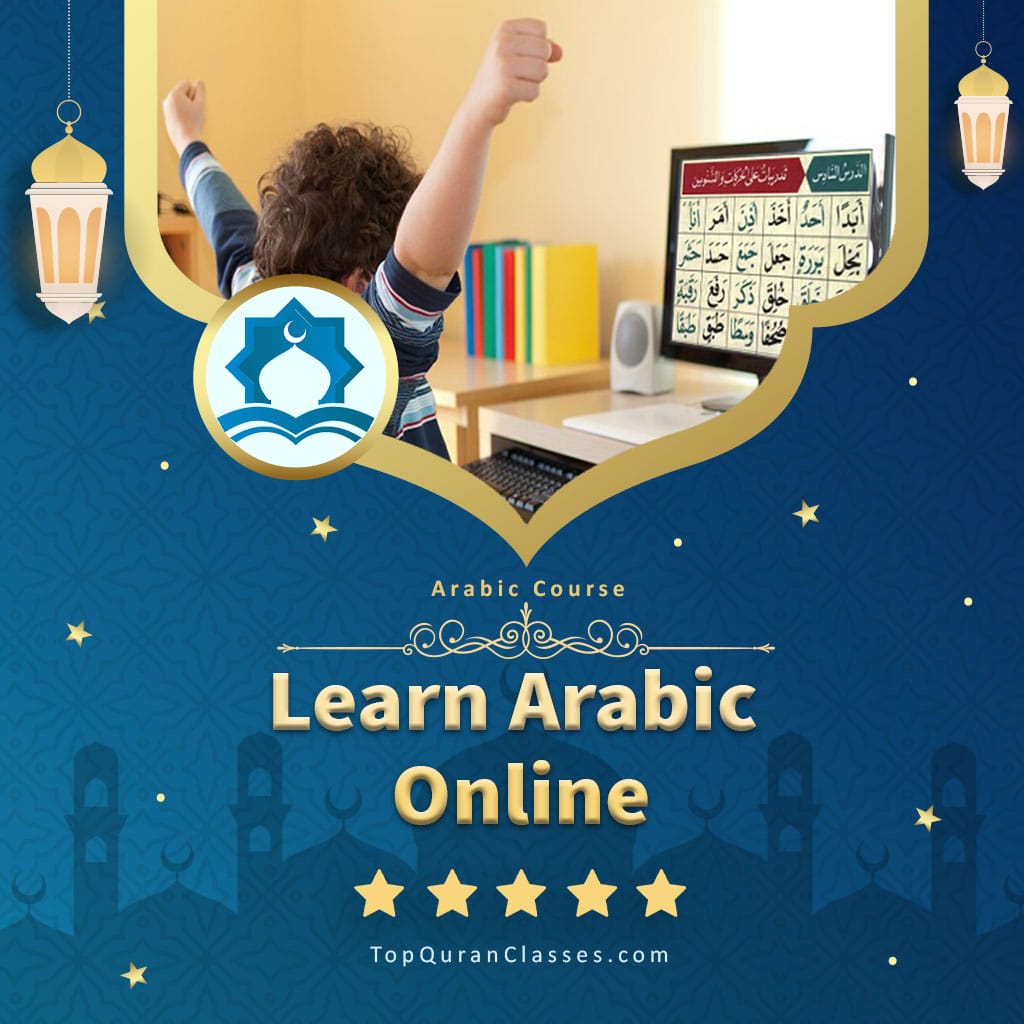ABOUT THE COURSE
The 10 Qiraat Reading the Qur’an is one of the aspects of pronouncing the words of the Qur’an in order to understand the meanings and pronounce the letters and the well-known science of readings. Get information about these ten qirat of the Noble Qur’an and many different aspects.
You will learn different qiraat of Quran if you join our online ten qiraat courses.
Our Qiraat course goal is to be proficient in basic 7 qiraat al Quran (the most essential 7 types of qirat) and to graduate students with mastery of the ten qira in all its sciences.
The Ten Qirats are the ten famous styles of Quran recitations by the famous chains of authority. All Qirats derive their name from the famous narrator who narrates them with well-established and documented chains. All Qirats are recited by the master with all variants. It is a kind of recitation set, which the students then transmit to the teacher.
The ten Qirats are not the same as the different sounds and styles, rather are slight differences in pronunciation, letters, and movements. It is when you compare two different books of the Quran and find differences between them because each reading has its own Tajweed rules.
Moreover, the various Qirats of the Holy Quran are evidence that the Quran is a revelation from Allah (SWT) and has been preserved through the ages, as all of these recitations were recited by a direct and original chain of narrators going back to the Prophet (PBUH).
Given the importance of learning ten Qirats of the Quran for every Muslim in the world, TopQuranClasses Institute presents the Online 10 Qira’at Classes for those Muslims who are either Non-Arabs or living in Non-Muslim countries.

























